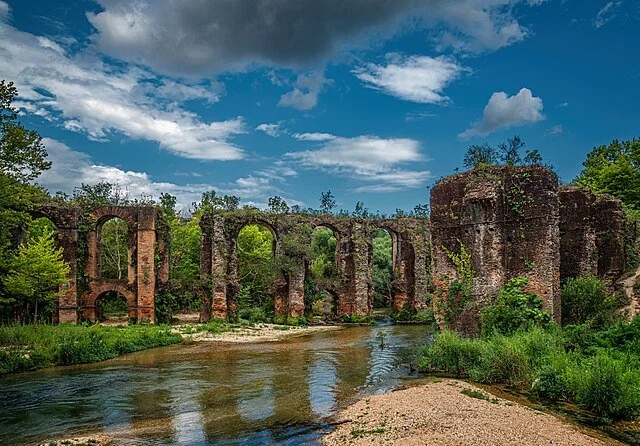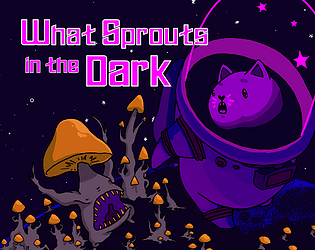Bad Day at the Blood Bank is a standalone short story, that originally appeared as The Lobster Trick in Once Upon the Longest Night.
If you’re at all interested in it, I’d love for you to check it out and leave a review!
Here’s the concept:
Tough-as-nails security guard Jacqueline loves her job.
After all, what's the worst that could happen at a blood bank?
But when an armed group invades the building, Jacqueline and a handsome lab tech find themselves isolated and under siege, fighting for their lives.
As the invaders tighten their stranglehold, Jacqueline will need all her strength and street-smarts to survive the night. It seems her once-cushy job couldn't get any worse. Until she discovers the lab tech's shy smile may hide a sinister secret of his own...
Bad Day at the Blood Bank is a single-sitting read perfect for fans of fast-paced supernatural thrillers with a snarky sense of humor.
Sounds fun, right?
Behind the scenes, I’ve been experimenting with self- publishing, getting back to speed on how the system works and what the best ways to get stories into readers’ hands.
I gave it a new title, designed a cover, wrote a blurb, and ran some ads.
This whole process has taught me a lot, and I’m planning on putting it into use on sharing more Carter Archives stories, along with a few books that would be a good fit for self-pub.











